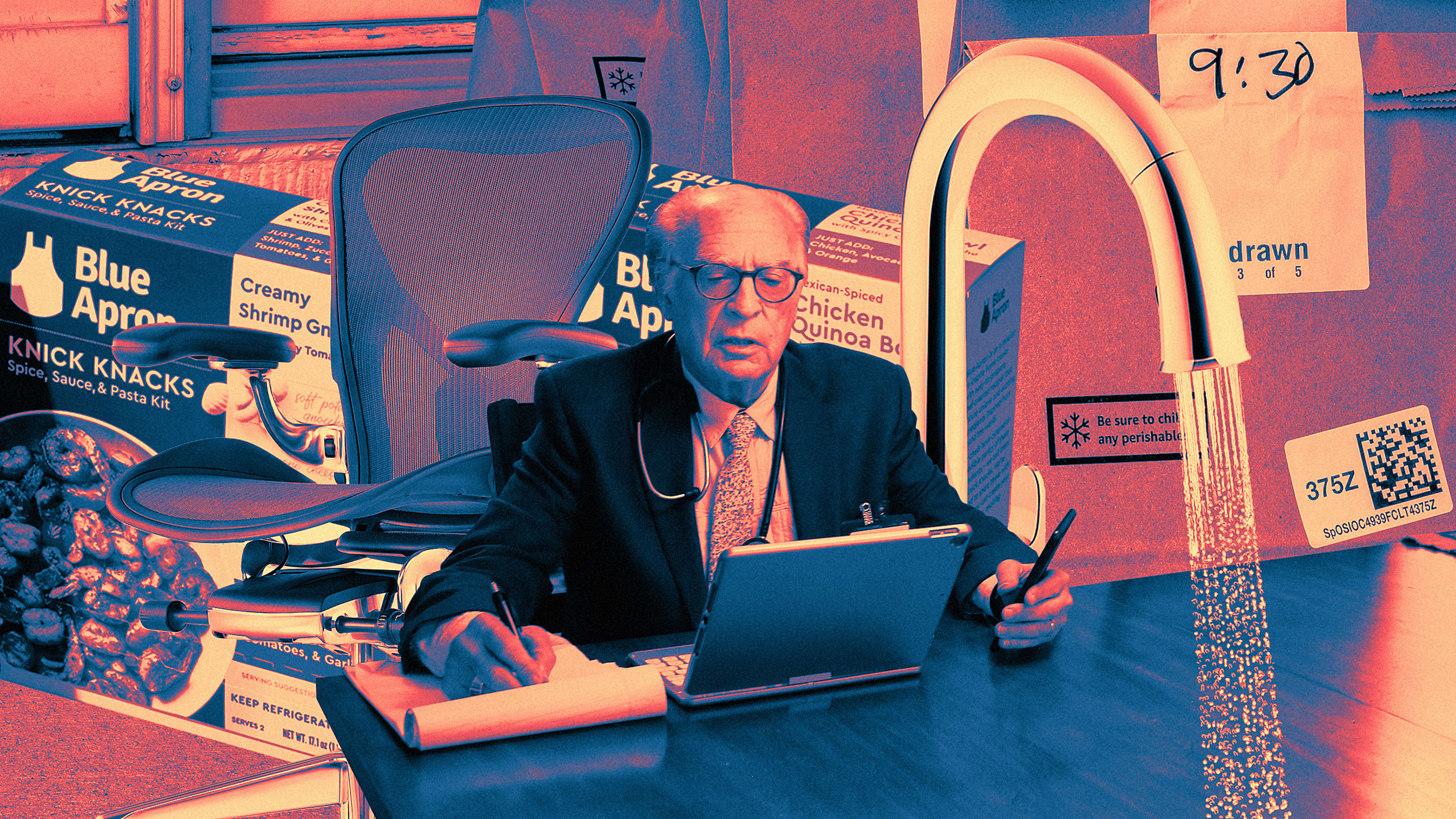With much of the U.S. going into its third week of lockdown, the economy has already changed. Ten million people have already filed for unemployment, as every restaurant that isn’t a fast-food chain and every physical retail store that doesn’t sell groceries is in jeopardy.
Some have argued this outcome was inevitable—that mom-and-pop restaurants would fail as we’d eventually Instacart everything—and that this crisis just transported us to that future overnight. Because after all, our biggest companies have only been getting bigger, while consumers demand ever-more convenience. Wasn’t the internet poised to wipe out retail all along?
Of that inevitability, I’m not so sure. But under quarantine, many services of convenience have become essential. Several struggling products are now hits. And our homes are being reshaped into workplaces. It all falls into a new umbrella we’re calling quarantine UX.
It is clear that much of the last decade of smash-hit UX has been more or less abandoned in the wake of COVID-19. The in-store experience design championed by Starbucks, the touch interfaces at in-store checkouts, and even the shared platforms behind Uber and Airbnb have all become liabilities. Starbucks cafes have closed everything except the drive-through. People are being warned to sterilize their iPhones, let alone use public screens. And Uber is down 70% in some cities, shuttering group rides alongside Lyft, while Airbnb has pledged $250 million to hosts to cover cancelations as it attempts to wait out the storm.
For at least a little while, the definition of a successful user experience is changing. Here’s what we know so far.
Conveniences can’t keep up when they’re actually essential
Through Amazon Prime Now and Target’s Shipt delivery, the gig economy has matured over the past few years and gone corporate, offering the promise that you can get just about anything delivered at any moment. These were luxuries upon luxury though—what happens when Prime two-day shipping isn’t fast enough anymore. It’s a UX of impatience, a means to avoid walking the aisles at the store. Or it was.
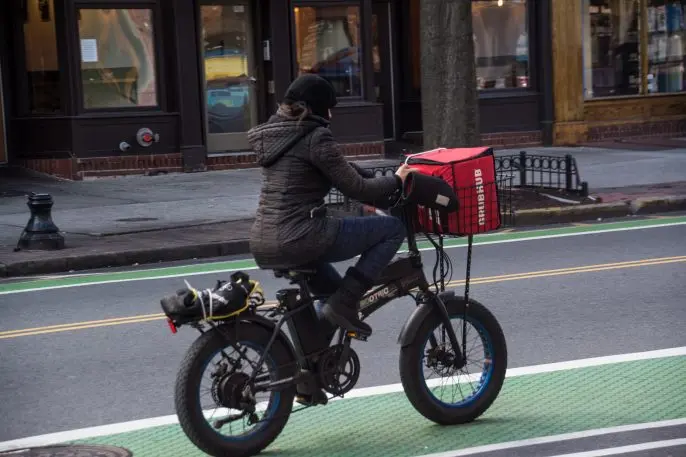
Now, as people prudently avoid going out in public, these delivery services are so booked up that time slots are rarely open. Prime is booked its max of two days out and it’s hard to get a spot. Even Walmart’s contact-less pickup option is currently reserved a week out in many areas. And when appointments do open, the supply lines fall short. Items are pulled from your cart. It isn’t just hand sanitizer that’s out of stock; it’s staples like Cheerios, canned tomatoes, and fresh produce. What happens then? People go without, or they double down on another type of delivery, as people sign up for CSAs in what may be record numbers.
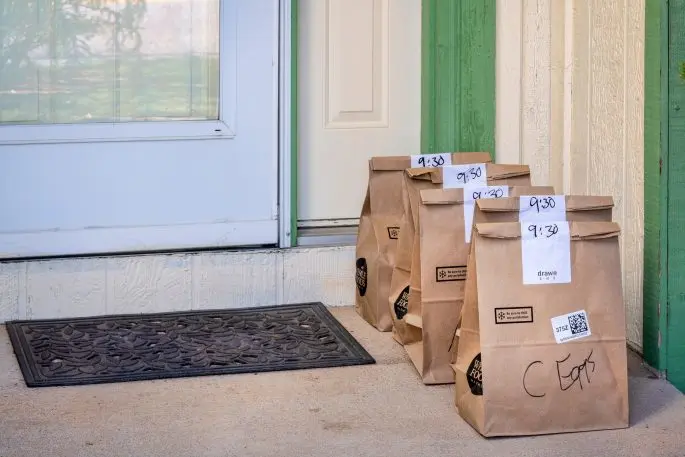
Meanwhile, the big-box stores and grocers are hiring even as some Amazon and Instacart employees have attempted to strike, citing unsafe work conditions. It seems that we’re seeing the cracks in this digital facade of convenience that was based upon human labor all along. Delivery is undeniably the UX of the moment, but it is looking increasingly unsustainable as it scales. We may be able to overlook the ethics of paying someone to put themselves at risk just to bring us avocados, but when there aren’t any avocados left in stock, let alone anyone willing or able to deliver them, what’s left then? The convenience becomes essential, and the essential becomes impossible.
Once marginal products suddenly have new relevance
But groceries have always been essential. We’re also seeing a resurgence of ideas that had been critiqued and tossed to the wayside.
Take Kohler, which has a line of high-tech “intelligent” toilets and sinks with features like touchless operation and self-closing lids. These are not items that any home needs under normal conditions. Yet according to The Information, sales of this line jumped eightfold during the first two weeks of March compared to the previous year—no doubt driven by Americans who were scared of coronavirus contamination in their bathrooms. The same story cited a potential increase in the sale of Bluetooth smartlocks. No one wants to touch anything unnecessary right now.
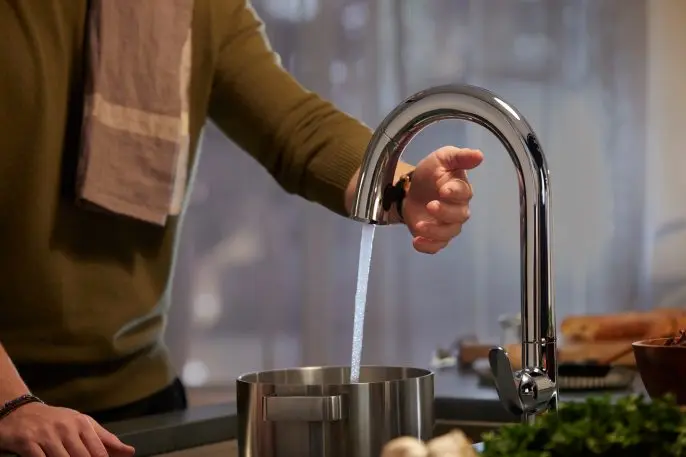
Meal kits were one of the big boom and bust stories of the past few years. Blue Apron raised $135 million in 2015 under a $2 billion valuation. Its promise was that you’d never have to never worry about not just what to buy for dinner, but what to cook for dinner. And that promise seemed intriguing but ultimately didn’t prove to be much more than a novelty. Why pay a premium for a pre-portioned goods like a tablespoon of cilantro and squeeze of lemon in little plastic bags? Yet in the early weeks of March, Blue Apron’s stock was up 70%. Are more people using the service? Wall Street certainly assumes that, even though the company has yet to comment on any customer surge it might be seeing from COVID-19.
But the greatest turnaround might be that of Facebook. The service has long been in a quiet decline, especially among younger users, be it from widespread knowledge that the company has been irresponsible with our data, competitors (even those it owns) like Instagram and WhatsApp, or just a wave of people trying to digitally detox for their own mental health. However, Facebook usage has surged in every country affected by COVID-19 by a reported 50%. As the NYT put it, “Coronavirus ended the screentime debate. Screens won.” Indeed, with so little face time with friends, and so little reliable information coming from our government, the big blue social network seems more irresistible than ever.
Your home is your work . . . and your school . . . and your doctor’s office
The last big change we’ve noticed is right inside our homes, which are being reshaped to accommodate a lot more than just eating and sleeping. Millions of adults are working from home, and millions of children are learning from home. Gretchen Hansen, the CEO of the digital interior design service Decorist, reports a 30% increase in traffic, a 45% increase in signups to its email list, and a 30% increase in spending per project. “We believe the stay-at-home directives are causing a fundamental and lasting shift on the interior design business—with a large-scale migration from in-person to virtual services,” she says. “We have seen unprecedented increases in our business across the board—in traffic, signups, and spending.”
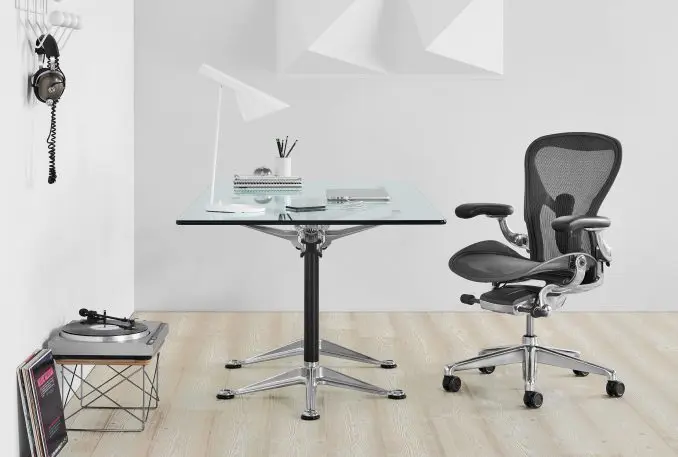
The work-from-home trend in particular is leading people to redesign their living spaces. Herman Miller reports to Fast Company that its online sales of home office products are up triple digits over the past few weeks. “Modern office environments are designed to optimize employee productivity—through proper desk height, ergonomic seating, lighting, etc.,” says Debbie Propst, head of retail for Herman Miller. “And as many employees have lost that setting, they are finding that their homes aren’t properly equipped to handle a sustained work from home.”
For students who are shifting to at-home e-learning, demand for online learning tools such as Chromebooks has reached an all-time high. HP wouldn’t comment on Chromebook sales but tells Fast Company that it’s seen an increasing demand for its ink subscriptions, attributed to parents and children at home. While the rise of digital learning isn’t coming without controversy, our homes are being repositioned as virtual schools all the same.

But our homes aren’t just adjusting for adults and children to do work; they’re also becoming de facto doctors’ offices. Early data seems to indicate that telemedicine is booming, as Bloomberg reports several telemedicine startups pivoting to triage COVID-19 concerns. Athletico, the popular physical therapy chain, just started doing virtual visits in 2019 but is now offering them across the board. Meanwhile, Recode reports that mental health apps and chatbots are seeing an influx of new users, which is no doubt a combination of people fighting increased anxiety during the crisis while also being unable to meet therapists in person. COVID-19 test kits may soon be shipped to homes, too.
Overall, these shifts could make our homes feel like very different places for the conceivable future. Perhaps that change is best articulated by Zoom. This teleconferencing software was a cheap tool for remote business meetings, but over the last month it’s been co-opted for social activities: happy hours, sing-alongs, book clubs, and plays. The lines between work and recreation have never been so blurry as they are on Zoom’s high-resolution video feeds.
What will stick around?
The question now for most businesses is, which of these trends will stick around after the 12-18 months it takes the world to recover from COVID-19? Will we start taking Ubers again on a whim once we’re done sheltering in place? Or has the habit been broken over time, and will the residual worry of germs make that stranger’s Airbnb seem far less welcoming?
Will we continue to order every conceivable good to our door, or will we crave the physical experience of shopping again? Will employers realize working from home isn’t so bad for productivity, and shutter offices to save cash while keeping employees remote? Or will they pull us back to the office, leaving thousands of new Aeron chairs lonely at dining room tables? Will we keep logging in to Facebook, feeling a new sense of community? Or will the allure of open parks and beaches snap us out of a temporary stupor?
For now, most of us just hope to make it to the other side to find out. So please excuse me while I refresh my Prime delivery order for the 29th time today.
Recognize your brand’s excellence by applying to this year’s Brands That Matter Awards before the early-rate deadline, May 3.
